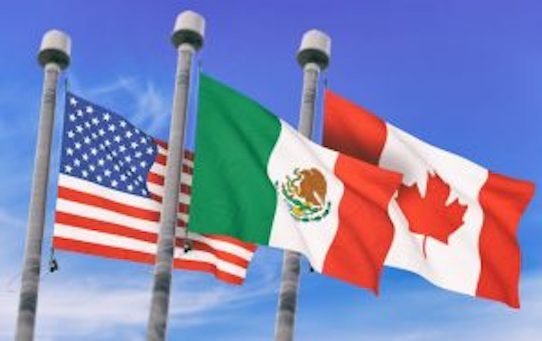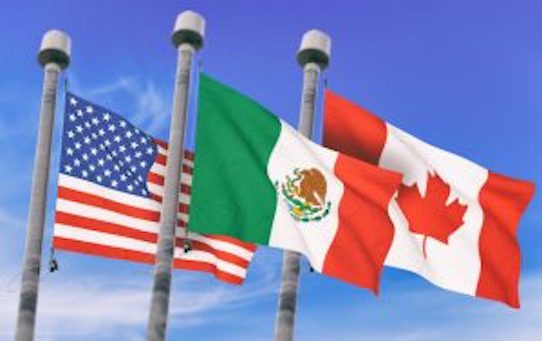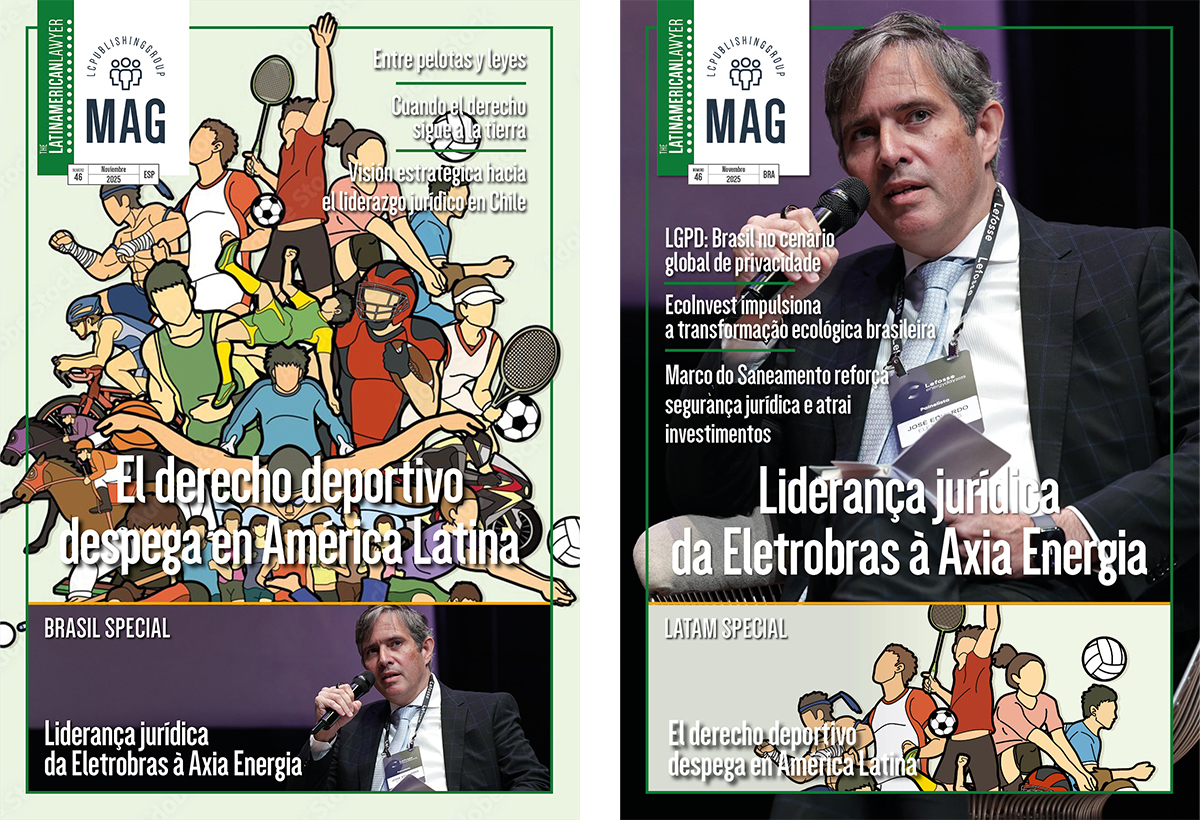New NAFTA deal seen mitigating protectionism

The new trade deal agreed by Mexico, Canada and the US to replace the North American Free Trade Agreement (NAFTA) will ensure that economic integration among the three nations will remain intact, and is seen lessening the threat of protectionism, according to a Mexico-based lawyer.
 The new trade agreement, dubbed the US-Mexico-Canada Agreement (USMCA) updates the deal that came into effect in 1994, after negotiations concluded this past weekend. The deal was hailed by negotiators from the three nations as harbinger of economic growth. Mexico’s Economy Minister Ildefonso Guajardo hailed the deal as “a state-of-the-art instrument that will bring great economic benefits to Mexico, Canada and the US”.
The new trade agreement, dubbed the US-Mexico-Canada Agreement (USMCA) updates the deal that came into effect in 1994, after negotiations concluded this past weekend. The deal was hailed by negotiators from the three nations as harbinger of economic growth. Mexico’s Economy Minister Ildefonso Guajardo hailed the deal as “a state-of-the-art instrument that will bring great economic benefits to Mexico, Canada and the US”.
US Trade Representative Robert Lighthizer and Canadian Foreign Minister Chrystia Freeland said in a joint statement that the USMCA is a “modernised” agreement that “will strengthen the middle class, and create good, well-paying jobs”.
“The agreement is a positive sign for those who have expressed concerned about threats of economic protectionism in the bloc turning into a reality. Under the USMCA, economic integration networks in the region will remain intact, albeit under some newly negotiated conditions,” according to Manuel Padrón, a Mexico-based partner in the international commercial and trade practice at Baker McKenzie.
“As an example of one of these newly negotiated conditions, we have the changes made to NAFTA rules regarding the automotive industry, which car companies and their suppliers will have to adapt to. USMCA’s new rules of origin state that 40 per cent of the production value of a vehicle and its main components has to come from manufacturing processes which were carried out in the US or Canada. Mexico will also have to seek to have the largest possible participation in the other 60 per cent. This is a great change,” he said.
“The Mexican business community welcomes Canada’s presence in the renegotiated NAFTA. Of particular importance is the fact that Canada achieved the reintegration of the Chapter 19 conflict resolution system. It is also important to note the advances in labour standards.
The new NAFTA deal will provide investors in the three countries with certainty as to how their trade rules will affect their industries over the next six years. They also guarantee that the region’s supply chains won’t need to undergo significant changes. It is also worth noting that there will be no significant increases in tariffs among the three countries and that, overall, an efficient modernisation of the previous version of NAFTA was achieved with the USMCA,” Padrón said.
“The renegotiation process shows that international trade has to adapt, not only to changes in economic dynamics but to political ones, as well. The next phase is a revision of texts and it is also possible that the new treaty will be signed at the next World Trade Organisation meeting in Buenos Aires at the end of this year.”















